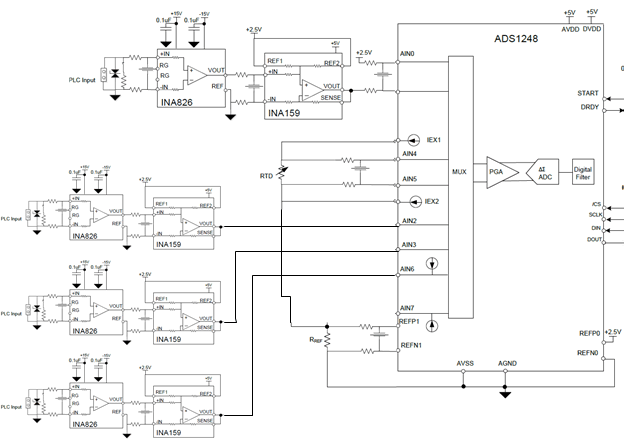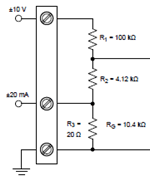Other Parts Discussed in Thread: INA159, INA826, OPA227, REF6025, ADS124S08, TPS65131-Q1
Hi,
I want to use a single ADS1248 for measuring 4 Analog inputs and a single RTD. The Analog inputs can be +/-10V or 4-20 m"a.
When measuring the voltage, the input need to be of high impedance (Cathode Protection)
Following the tidu491 verified design guide can I use the following configuration?
Any other considerations?
Thanks
Noam Weodenfeld



